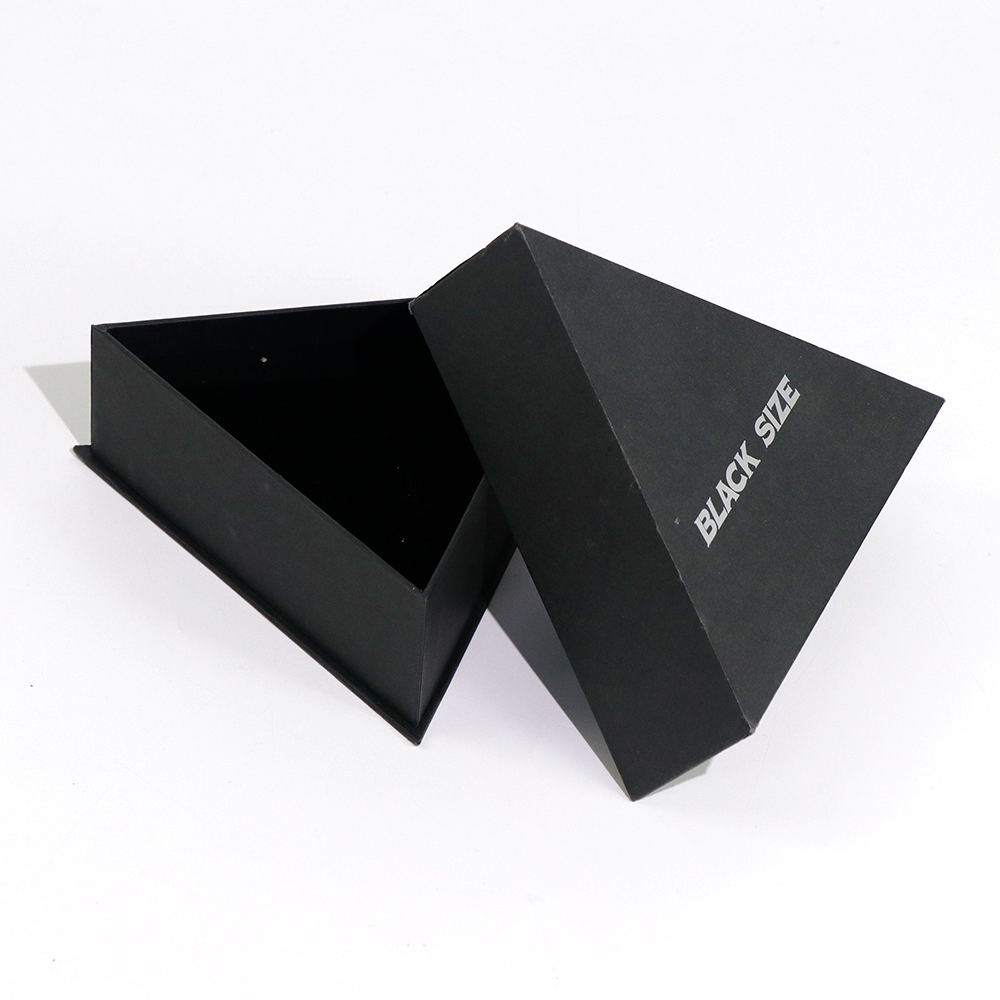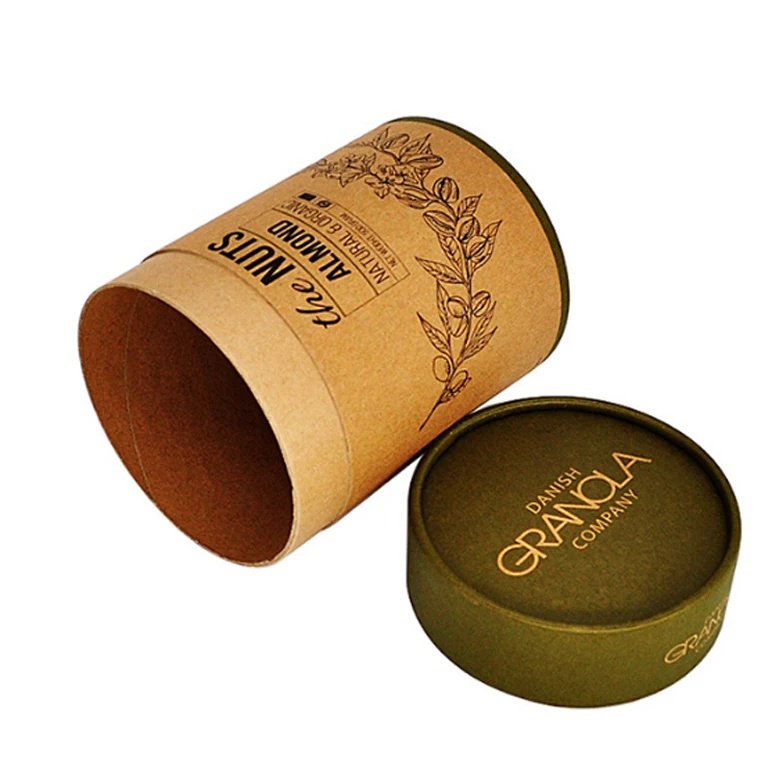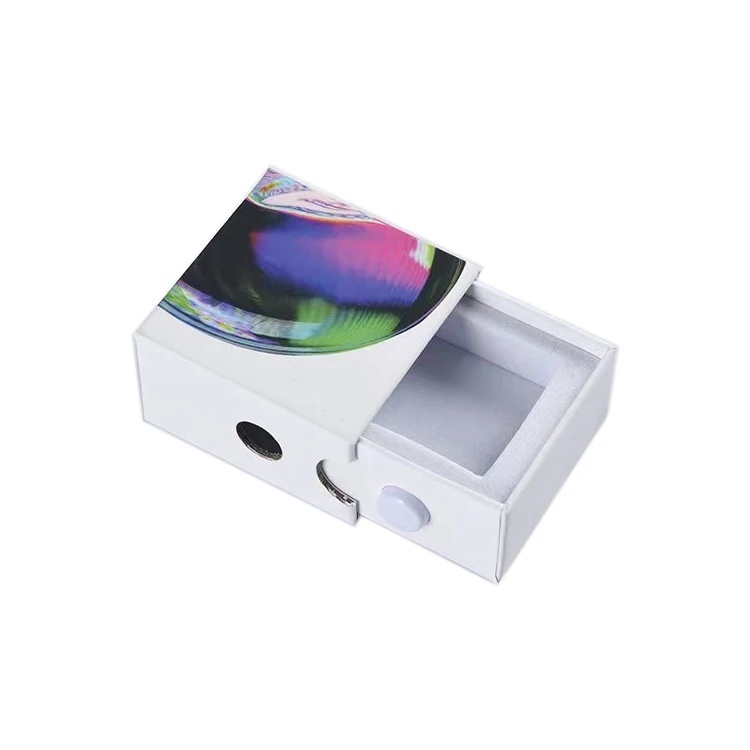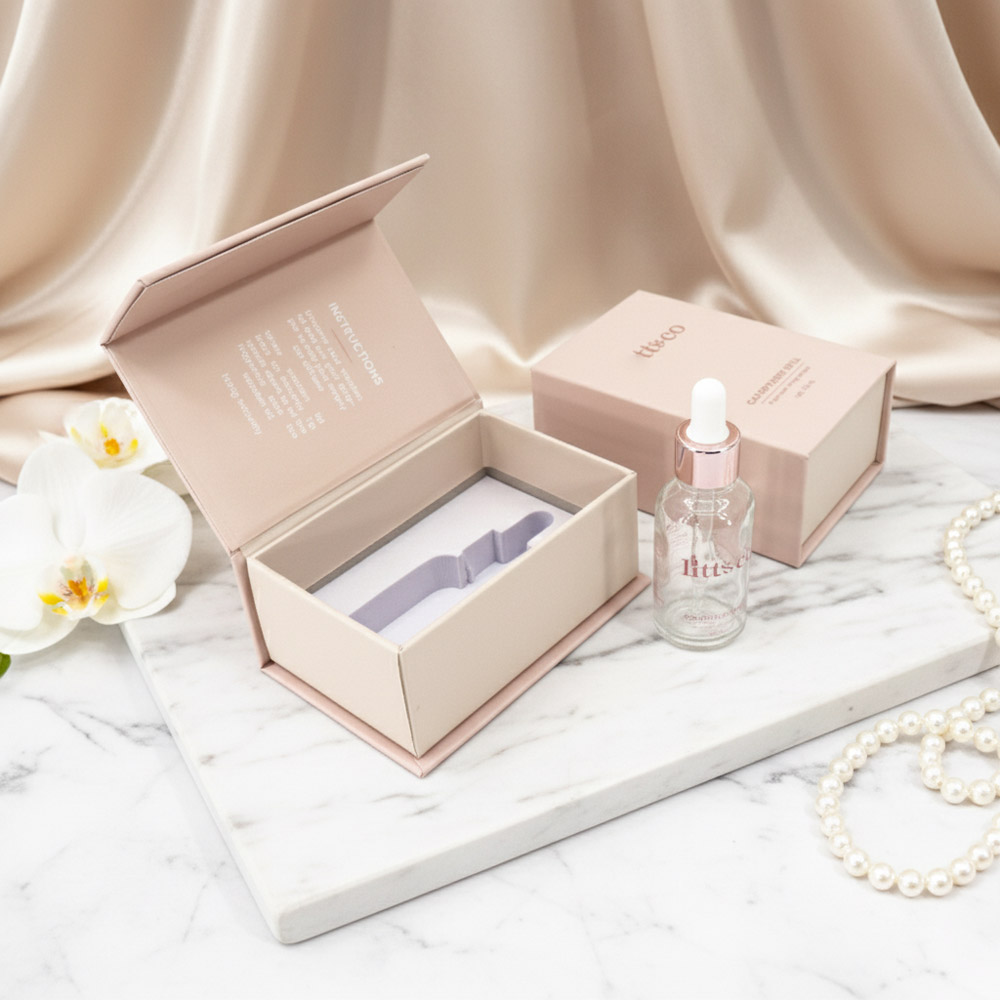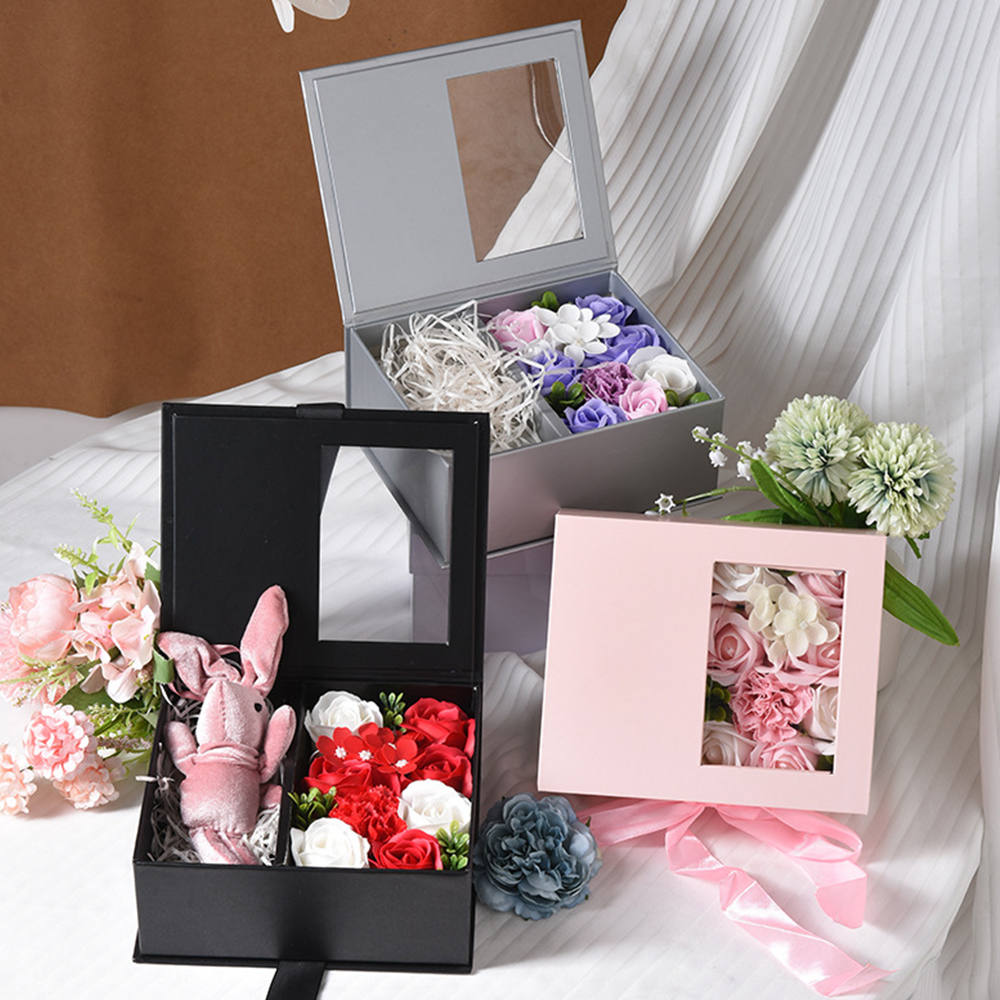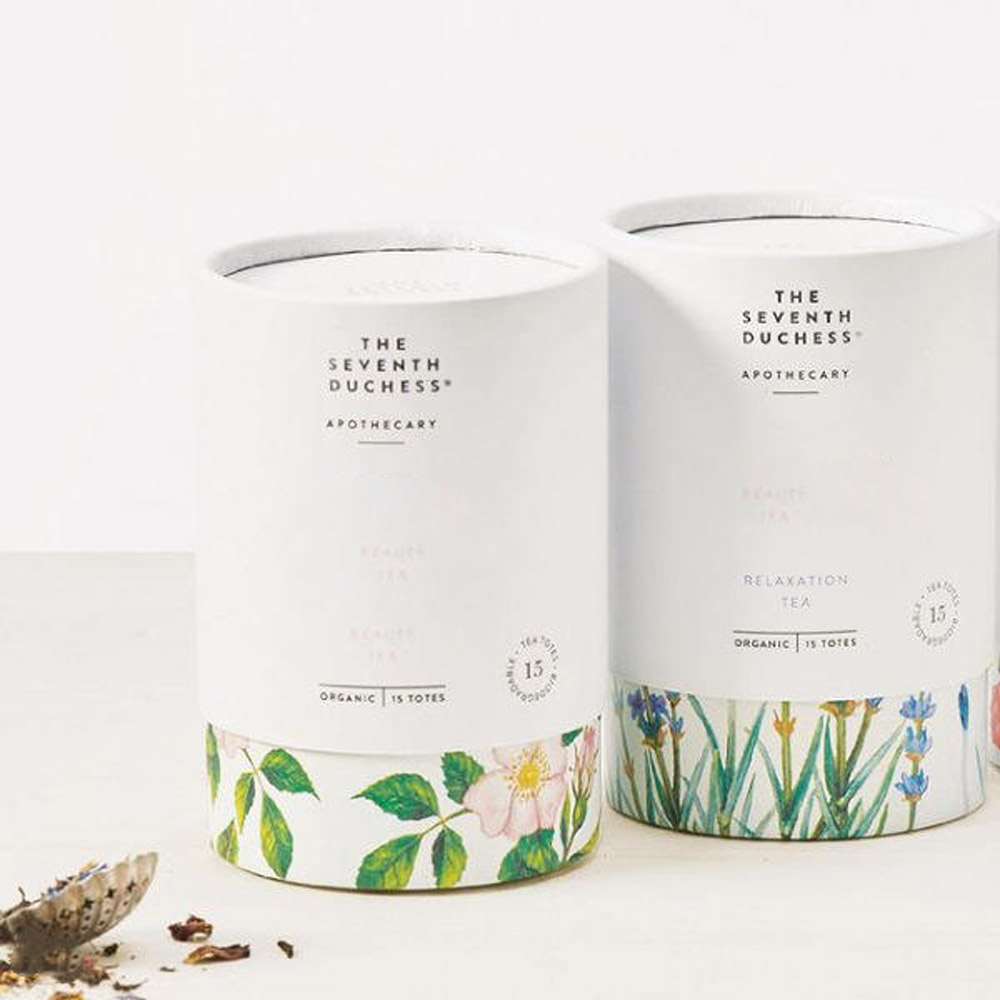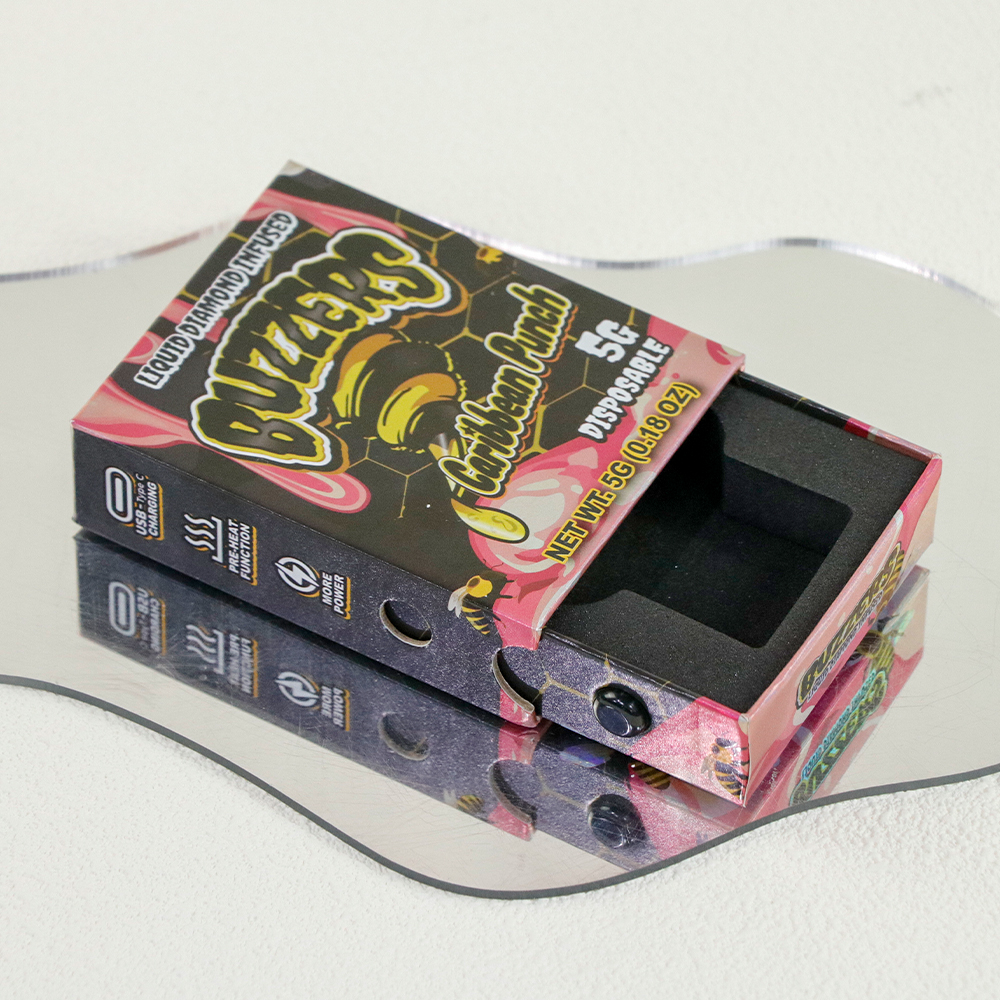Kartongtillverkning är en kreativ industri. Vikbara kartonger har blivit förstahandsvalet för varumärkesförpackningar med sina olika strukturer och anpassningskapacitet. Oavsett om det är kartong eller korrugerad låda, kan den uppnå balans mellan funktion och estetik genom design. Den här artikeln förklarar de vanliga typerna av vikbara kartonger och förklarar hur man skapar en unik varumärkesimage genom anpassade kartongförpackningslösningar.

1. Grundläggande kunskaper om vikbara kartonger
1.1. Vad är en vikbar kartong?
Vikbara fack föddes i slutet av 1800-talet och avser förpackningsbehållare som vänds och formas efter tryckning, skärning och reducering av kartong. Dess främsta fördel är att den kan förvaras platt under transport och att den kan monteras snabbt under användning, vilket är både miljövänligt och kostnadseffektivt.
1.2. Skillnaden mellan pappkartonger och wellpappkartonger
- Kartonger av papp: Tillverkad av enskiktskartong, tjockleken är vanligtvis 0,5-1,1 mm, lämplig för detaljhandelsbutiker - t.ex. kosmetika och smycken - som uttrycker en sofistikerad struktur. Korrugerad Papperslåda: Flerskiktsstruktur (ytpapper + kärnpapper + foderpapper), starkt tryckmotstånd, används ofta för att transportera tunga tillbehör som glasprodukter.
1.3. Nyckeln till kreativt förverkligande: stansningsprocessen
Stansningskniven är som en "kakform" som exakt kan skära komplexa lådformer. Laserknivens mallteknik stöder skräddarsydda specialformade skärningar, t.ex. urholkning av varumärkeslogotyper eller upphängningshål för femdelade kroklådor, vilket ger ett dubbelt genombrott när det gäller vision och funktion.

2. Analys av mainstream vikbara papperslådestiler
2.1. Grundläggande funktionell typ
- Box för direkt plug-in/omvänd plug-in: lättviktsdesign, fixerad med gaplås, lämplig för snacks och små föremål. Den omvända plug-in-boxen har bättre layoutnästning och kan spara 15% papperskostnader.
- Lås bottenlåda (1-2-3 bottenlåda): En förstärkt bas som monteras i tre steg och som kan bära föremål över 500 g, t.ex. ljus, och den platta botten gör det lätt att stapla.
2.2. Tungt lastbärande typ
- Antikollisionsbottenlåda: förlimmad automatisk låsstruktur, klar att använda efter öppning av lådan, lämplig för alkoholhaltiga drycker och elektroniska tillbehör, med 30% ökad slagtålighet.
- Tvådelad topp- och bottenlåda: dubbelväggig struktur förbättrar hållbarheten, används ofta i lyxiga presentförpackningar, och innerfodrets plug-in kan fixera ömtåliga föremål.
2.3. Typ av interaktiv upplevelse
- Låda i läderfodral: öppen toppdesign, lämplig för tvål, handgjord tvål och andra produkter som behöver visa innehållet, snittet kan anpassas för att vara vågigt eller böjt.
- Displaylåda: två-i-ett-design, skyddar produkten när den är stängd och förvandlas till en hylldisplay när den är utfälld, lämplig för marknadsföring av skönhetsvarumärken offline.

3. Anpassade lösningar uppgraderar varumärkets kraft
3.1. Utformning av strukturella innovationer
- Kroklåda i fem delar: integrerar upphängningsfunktion och butiksdisplay, lämplig för hylldisplay i stormarknader, och upphängningshålets position kan anpassas till olika hyllstorlekar.
- Ringlåda med tumme och dragknapp: Humaniserad öppningsdesign minskar brottfrekvensen, används ofta i elektroniska produkter eller engångsförpackningar och förbättrar användarupplevelsen.
3.2. Överlagring av material och process
- Metalliserad kartong: Förbättra den visuella effekten genom varmstämpling / försilvringsprocess, lämplig för high-end presentaskar för hudvård.
- Miljövänlig kraftpapperslåda: Tillverkad av 100% återvunnen fiber, den är i linje med hållbarhetskonceptet och är förstahandsvalet för kaffebönor och ekologiska livsmedelsmärken.
3.3. Effektivitetshöjande och kostnadsreducerande strategier
- Boxförpackning: En lättviktslösning som bara täcker den huvudsakliga visuella ytan, som är 40% billigare än hela lådan, lämplig för snabb lansering av begränsade utgåvor för semester.
- Smart nested layout: Använd CAD för att optimera stansningsritningar och minska kartongförlusterna med 15%-20%, särskilt för beställningar av stora volymer.
4. Fullt processtöd för anpassade papperslådor
4.1. Efterfrågeanalys och konceptdesign
Det professionella teamet presenterar lådans struktur genom 3D-modellering och föreslår lösningar baserade på produktstorlek, transportförhållanden och visningsscenarier, t.ex:
- Ömtåliga föremål: lägg till invändiga korrugerade skiljeväggar och kollisionsskyddande hörn
- Display för detaljhandeln: lägg till avrivbara etiketter för reklam
4.2. Kvalitetskontroll av produktionen
Från val av pappersvikt till precisionskontroll av stansning (fel ± 0,2 mm) används den helautomatiska lådlimningsmaskinen för att säkerställa konsistensen av batchprodukter, och detekteringen av limpenetrationshastigheten förhindrar risken för debonding.
Slutsats
Vikbara papperslådor är inte bara behållare utan också ett kommunikationsmedium mellan varumärken och konsumenter. Från den grundläggande tillämpningen av omvända plug-in-lådor till den scenariobaserade innovationen av femdelade kroklådor, i kombination med stansningsteknik och materialteknik, kan varje detalj bli ett genombrott för differentiering. Genom skräddarsydda förpackningslösningar för papperslådor kan varumärken uppnå kommunikationseffekten av "marknadsföring så snart lådan öppnas" och sticka ut på den starkt konkurrensutsatta marknaden.



